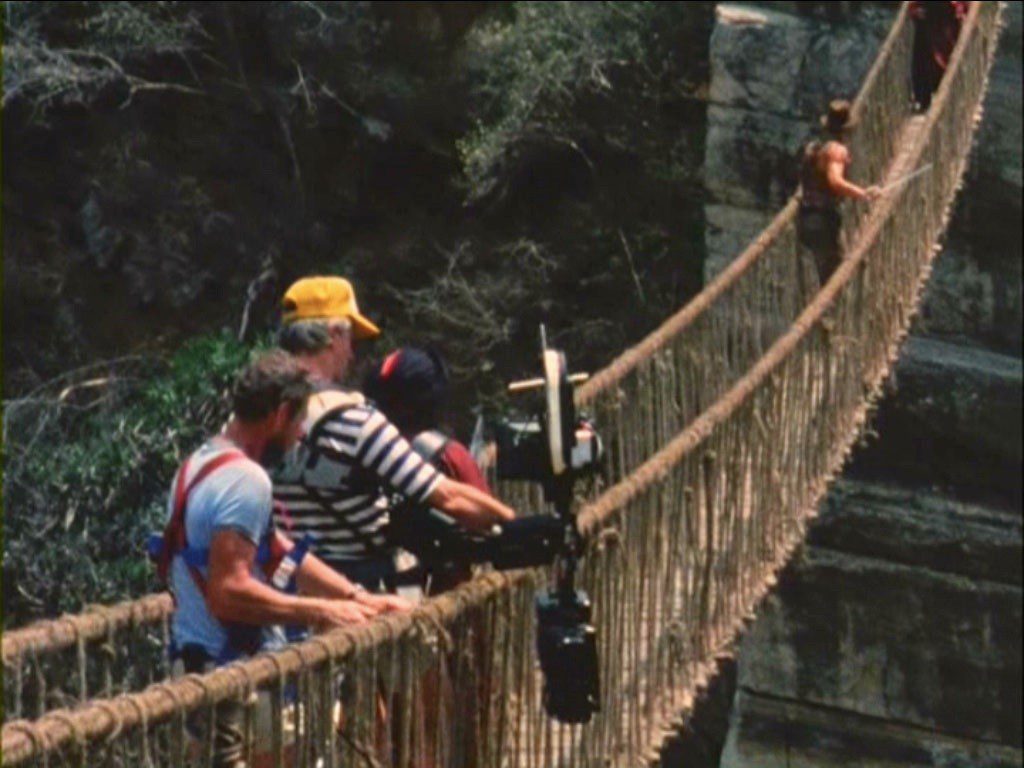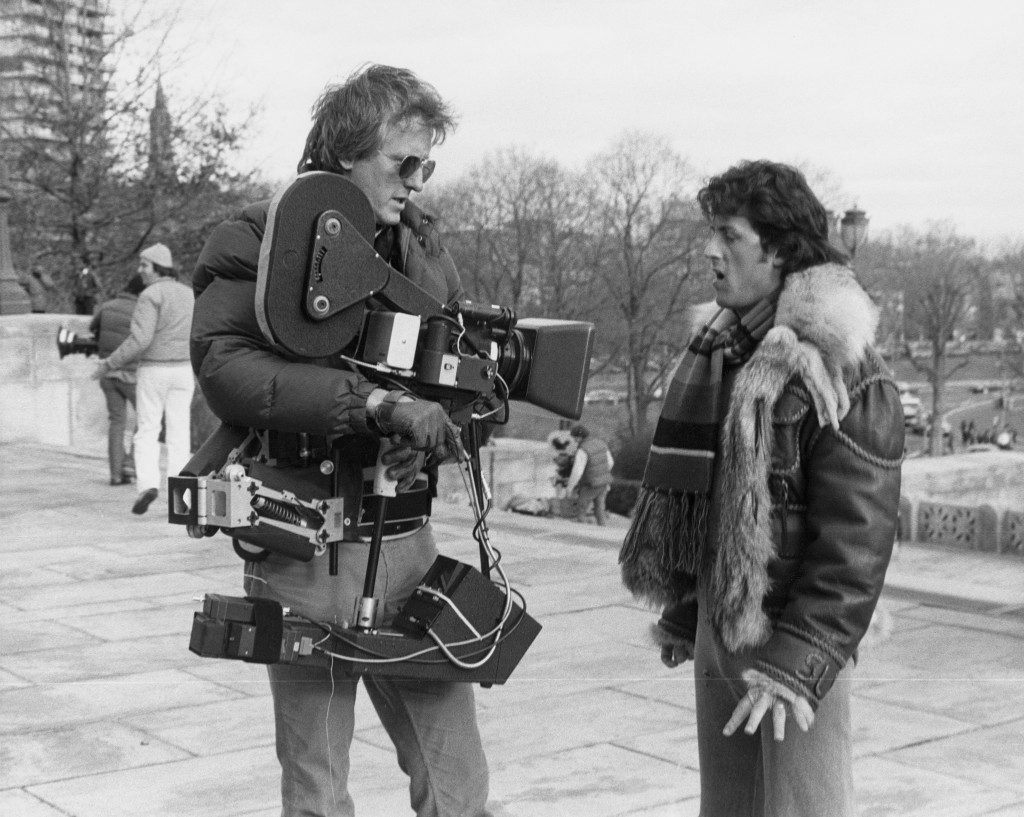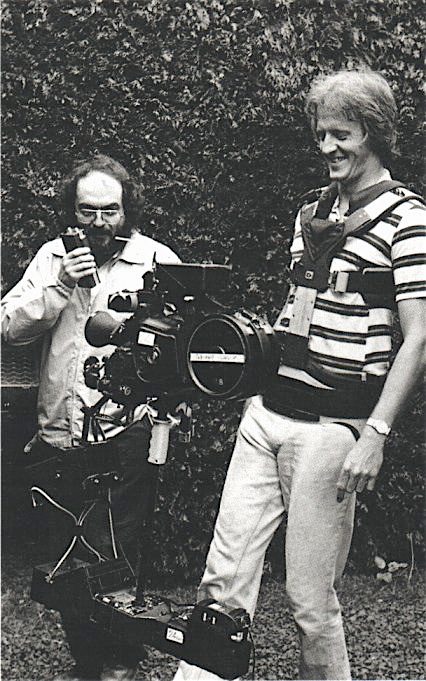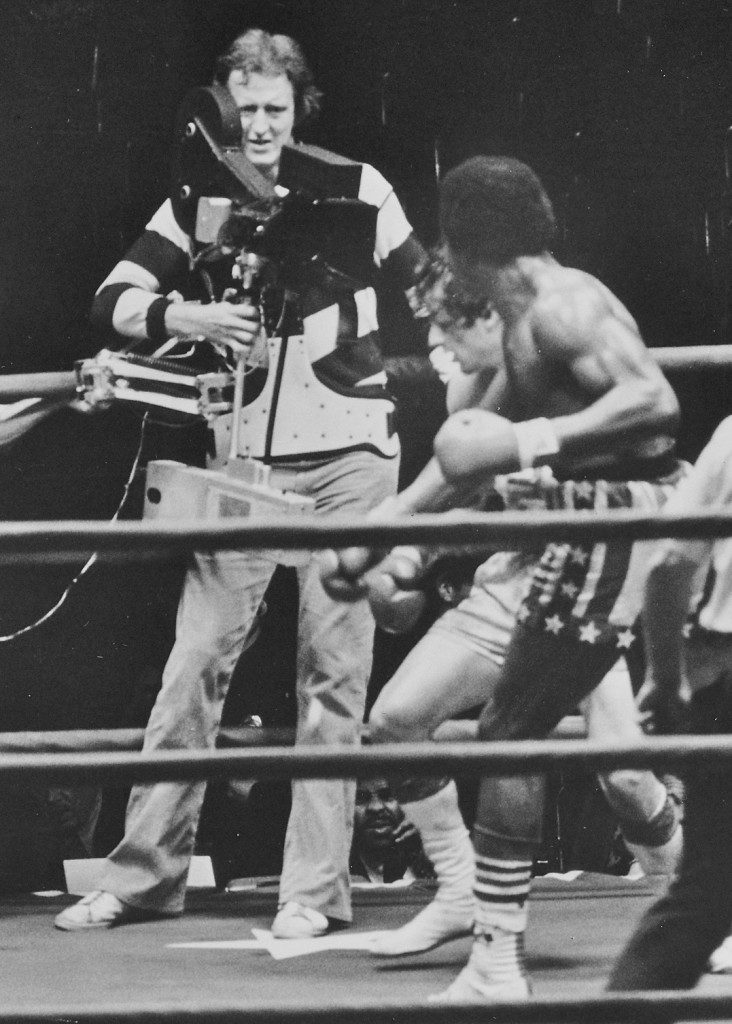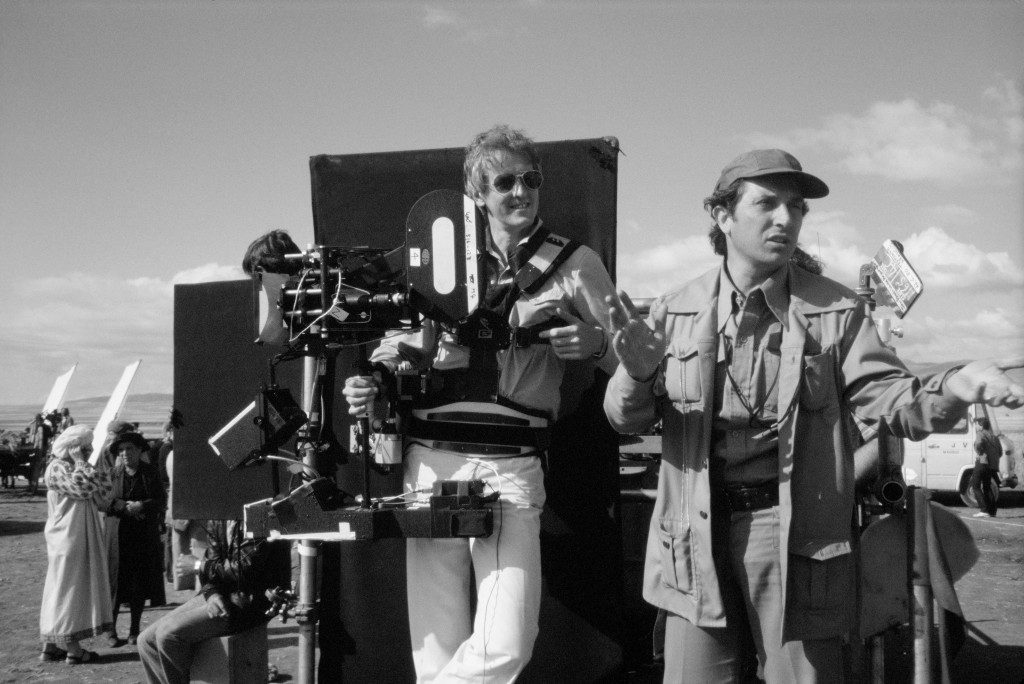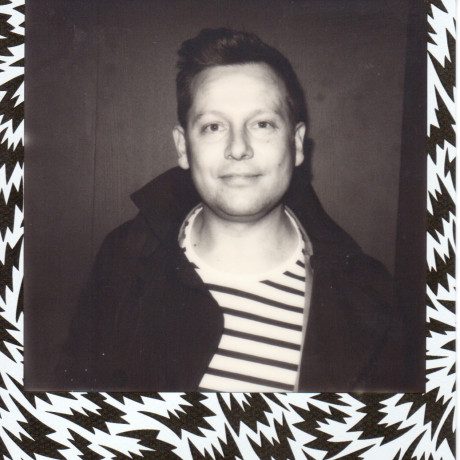The Story of Steadicam: Interview with Garrett Brown
As we see the welcome arrival of the newest member of the Steadicam family, PhotoBite takes a look back at the history of the brand, including the incredible story of one man’s vision and passion to break boundaries in the motion picture industry, in his own words.
Garrett Brown on the set of Indiana Jones
The Steadicam was introduced in 1975 by director/cameraman turned inventor Garrett Brown, who originally named his creation the ‘Brown Stabilizer’. After completing the first working prototype, Brown shot a ten-minute demo reel of the revolutionary moves this new device could produce. This first reel was then watched by a host of directors, including Stanley Kubrick and John G. Avildsen. The Steadicam was subsequently licensed to, and manufactured by, the Tiffen Company since 1999.
Garrett shooting with Sylvester Stallone on the set of Rocky
Garrett shooting on the set of Return of the Jedi
Garrett’s burning desire to solve stability issues that had plagued cameramen, directors and just about everybody prior to his 1975 ‘revelation’ with the Brown Stabilizer, has not slowed to this day.
With a little help from his friends, Garrett continues to develop the iconic concept using modern techniques and materials including handheld models for the action camera market.
“Few inventions can be said to have truly changed the way that we see the world, however, this is something that has very literally happened in the case of Garrett and the Steadicam. There is not a sector of professional moving image production that has not at some time been touched by his simple invention”
Steadicam can be called a camera stabiliser but in truth, the big difference that it makes to the viewer is on a more emotional and compositional level. Digital and optical
Garrett working with Stanley Kubrick
Digital and optical stabilising systems and the external active gyro systems that take out the camera movement work extremely well, however, none of them are close to the Steadicam in terms of simulating not just what the human eye sees but more to the point how the brain understands it.
Garrett started it all.
Garrett shooting on the set of Rocky
Garrett has used his iconic invention in a staggering number of movies over the last 35 years including Rocky, (John G. Avildsen so impressed, that he insisted on not only reproducing the ‘running up the steps’ scene, as shot on the very first showreel but insisted the same location be used in the film). Also Kubrick’s, The Shining, Return of the Jedi and Raiders of the Lost Ark to name but a few.
More recent epics shot by Garrett’s successors, such as Hugo and Skyfall have also used the full rigs whilst the lighter versions of the system continue to be used intensively today in many areas of Film, Broadcast and TV Drama. Downton Abbey and Dr Who. Reality programs such as Strictly Come Dancing and Sports programs, Olympics, Football/Rugby all use variants of the kit.
Even the Cartoon industry has copied the“Steadicam” move of the 360 degree walking around shot.
To hang alongside the many accolades including an Oscar and numerous industry awards presented to Garrett Brown and Tiffen over the past years is the ultimate award of Garrett Brown being honoured by the very prestigious National Inventors hall of Fame based in the USA, joining such illustrious company as Alexander Graham Bell and photo visionary, George Eastman. We spoke with another experienced operator Paul Edwards, who worked recently on a 3D shoot.
It’s fair to say that Garrett Brown has revolutionised the imaging industry, in a unique sense with the invention and evolution of Steadicam systems. Fortunately for PhotoBite, our esteemed Editor, Simon Skinner managed to meet with Garrett and took the opportunity to speak with him aboutthe making of a modern classic
Simon: Aside from working in movies and looking to find a solution to an image making problem, how did you approach the manufacture of your first device? Have you any background in engineering or was this entirely from a standing start?
Garrett: I edged up to it. I have some mechanical aptitude and inventing is in my DNA on both sides, but I commissioned others to build prototypes of increasing sophistication and chucked the early ones as I began to grasp the magnitude, complexity and potential of the thing. The plumbing department at a country hardware store made my first ‘pole’ out of an iron pipe. A retired Navy chief machinist in his basement shop using a pilot’s joystick control as handle constructed my final intricate prototype.
The best thing I had going was an active production company to pay the bills and numerous chances to shoot ‘impossible shots’ for commercials amid blizzards of secrecy agreements signed by clients, actors and crew.
My next best advantage was being 3000 miles from Hollywood and conventional production lore. I loved moving shots, but my old fearless dolly weighed 400kg and my Bolex weighed 3kg. I knew only that this pinheaded monster was absurd, and that there must be some way to isolate an ambulating bloke from his camera.
SS: What kind of reaction did you initially receive once you began circulating your first ever show-reel?
GB: I had shown a 16mm demo made with a clunky, early model and it created some excitement, but everyone in Hollywood told me I had to make a system that could handle 35mm. That would have meant a 100lb version. I checked into a motel for a week and obsessively went over all my early sketches and came away with a drawing of the Steadicam and its four patent components just as we have known it ever since.
“My first showreel was seen by some of the top players in Hollywood, New York and London, including Stanley Kubrick, who was already puzzling over how to make those long smooth tracking shots across the inevitably imperfect flooring of his vast ‘Shining’ set”
The minute the final prototype was finished we raced around Philadelphia and made 30 or so ‘impossible’ shots, culminating, portentously, with Ellen [Garrett’s Wife], running down and back up the Art Museum steps. That reel got me a licensing deal, bailed out my finances and miraculously, could be shown without giving a hint of how it was accomplished. It was seen by some of the top players in Hollywood, New York and London, including Stanley Kubrick, who was already puzzling over how to make those long smooth tracking shots across the inevitably imperfect flooring of his vast ‘Shining’ set.
SS: Considering what you’ve brought to this industry, what would you say has been the highlight and what are you most proud of?
GB: The very best of it for me turned out to be teaching Steadicam workshops around the world. To my great good fortune, it’s not just a stabilising black box, beeping and functioning at the push of a button; it turned out to be much more. It’s an instrument, a true instrument, for visual music. Demanding and challenging, at once athletic and artistic; it is deep enough to reward the decades-long immersion of hundreds of our star players and thousands up-and-coming new operators around the world.
I’m most proud of the brilliant work we all have done and will continue to do; of the superb professionalism of our fraternity, and particularly of the collegial sharing of gear and information that we have urged ever since the very first workshop in 1980. Plus, on a more venial note, Ellen and I can stroll onto nearly any film set.

